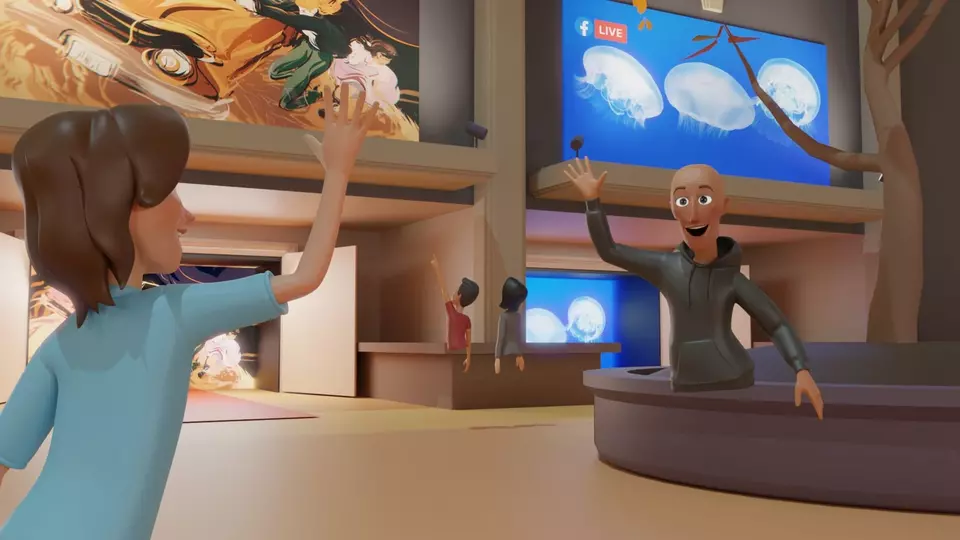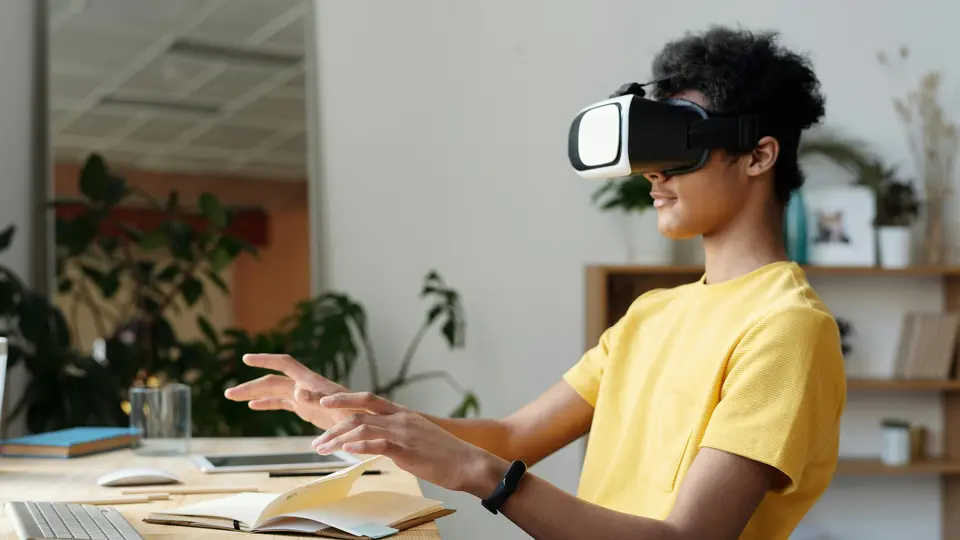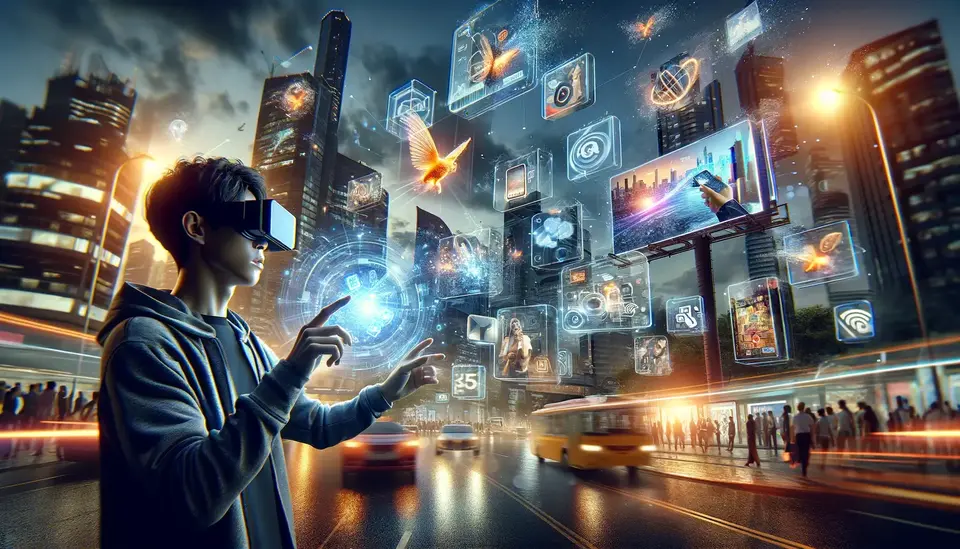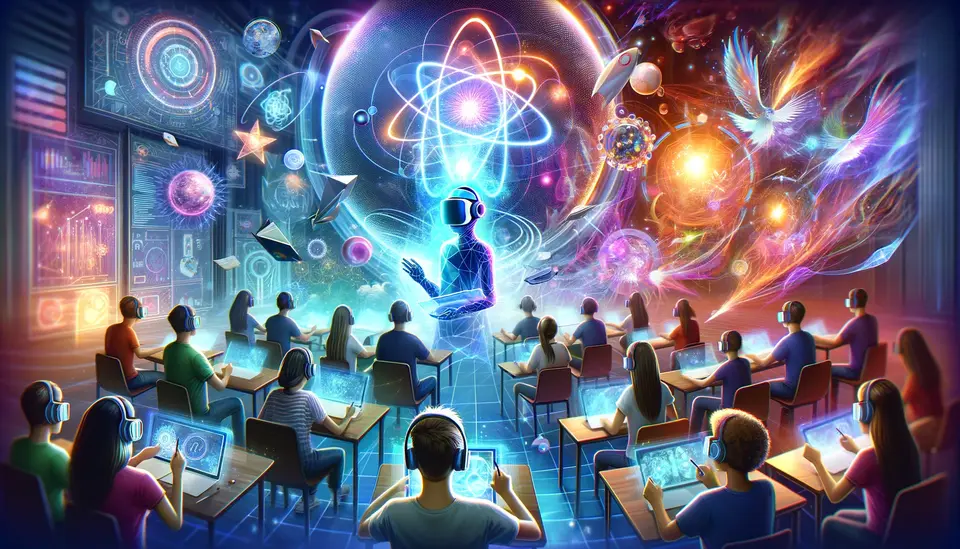Benefits of Learning a Language in Virtual Reality (VR)
Posted on August 16, 2023 3 minutes 573 words
Table of contents
In the age of technological advancements, Virtual Reality (VR) stands out as a game-changer for many industries, from gaming to medical training. But have you ever considered its impact on language learning? Join us as we explore the groundbreaking benefits of diving into a new language within the virtual realm.
Immersive Learning Experience
Realistic Interactions: Imagine strolling through a virtual market in Tokyo, haggling prices in Japanese, or ordering a croissant in a quaint Parisian café. VR offers an environment that closely mimics real-life situations, making language practice relevant and practical.
Contextual Learning: Remembering words is easier when they’re tied to experiences. With VR, you’re not just learning vocabulary; you’re ordering food, asking for directions, or checking into a hotel. These contextual scenarios strengthen your memory and association.
Sensory Engagement: VR doesn’t just engage your eyes and ears. With haptic feedback and 360-degree visuals, you can feel the texture of objects, hear sounds from all directions, and even smell virtual aromas, making the experience richly multi-sensory.
Personalized Learning
Adaptive Content: Everyone’s learning journey is unique. VR platforms can adapt content based on your proficiency level, ensuring that challenges match your current abilities.
Immediate Feedback: Pronunciation off? Grammar not quite right? VR systems can provide instant feedback, correcting mistakes in real-time and accelerating your learning process.
Privacy and Comfort: For those shy about practicing a new language, VR provides a private space. Make mistakes, practice pronunciation, and grow your skills without the fear of judgment.
Accessibility and Convenience
Accessibility to Different Cultures: VR demolishes geographical boundaries. You can immerse yourself in the heart of Spain, the bustling streets of Shanghai, or the beaches of Brazil, all from your living room.
Flexible Timing: Unlike scheduled classes, VR allows you to learn at your convenience, be it a quiet midnight session or an afternoon dive.
Reduced Costs: Consider the expense of traveling to another country for immersion. VR offers an affordable and eco-friendly alternative, giving you a world tour at a fraction of the price.
Enhancing Traditional Education Methods
Complementing Classroom Learning: VR isn’t here to replace classrooms but to enrich them. It offers practical, hands-on experiences that perfectly complement theoretical lessons.
Motivation and Engagement: Let’s face it, VR is fun! The gamified aspect of many VR language programs can boost motivation, making learning more engaging than ever.
Collaborative Learning Opportunities: Virtual reality is not a solitary experience. Join virtual classrooms, meet learners from across the globe, practice conversations, and make friends in this expansive digital world.
Potential Challenges and Considerations
Technological Barriers: VR technology, though increasingly affordable, is not universally accessible. Potential users might also face a learning curve in mastering the equipment.
Health Considerations: Spending extended periods in VR can be taxing. Some users report motion sickness, eye strain, or fatigue. It’s vital to balance VR time with breaks in the real world.
Effectiveness Compared to Traditional Methods: As with all educational methods, the effectiveness varies by individual. Some might find traditional methods more suitable, while others thrive in a VR environment.
Conclusion
The integration of VR into language learning presents an exciting frontier in education. By offering immersive, adaptive, and engaging experiences, it brings languages to life in a way textbooks can’t. As technology continues to advance, so too will the horizons of linguistic adventures. Why not take the leap into the virtual realm and experience the future of language learning today?








